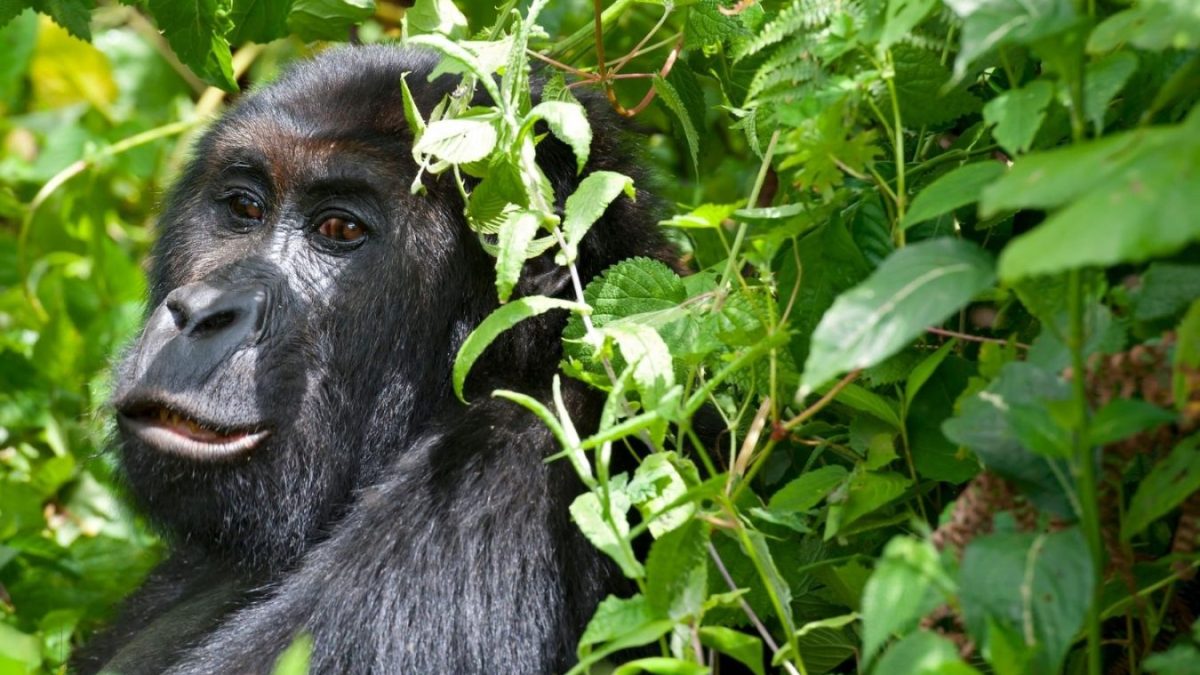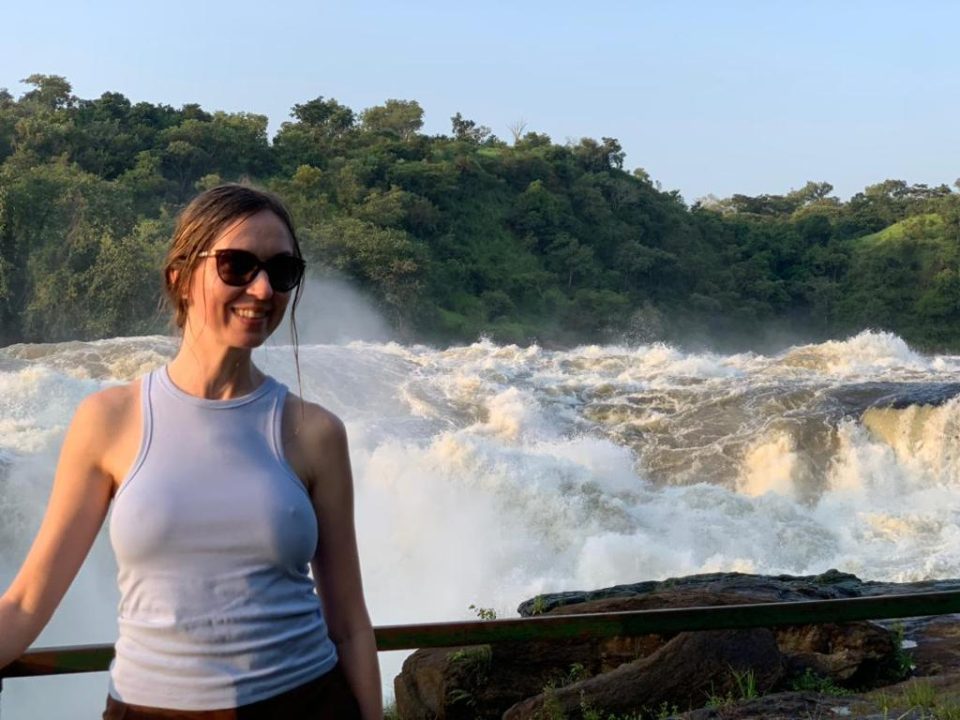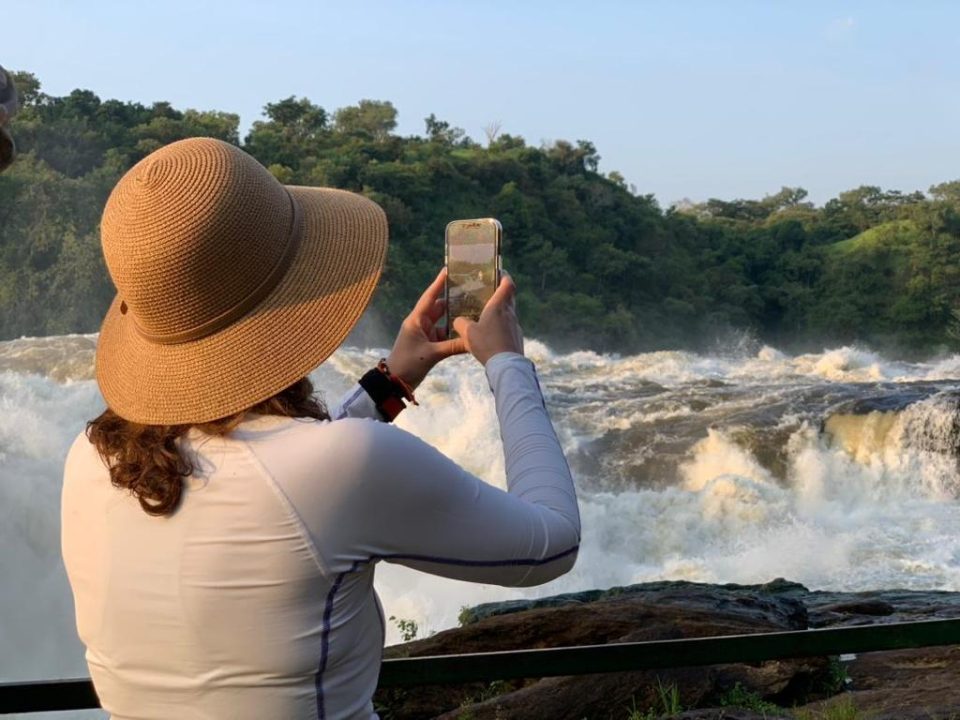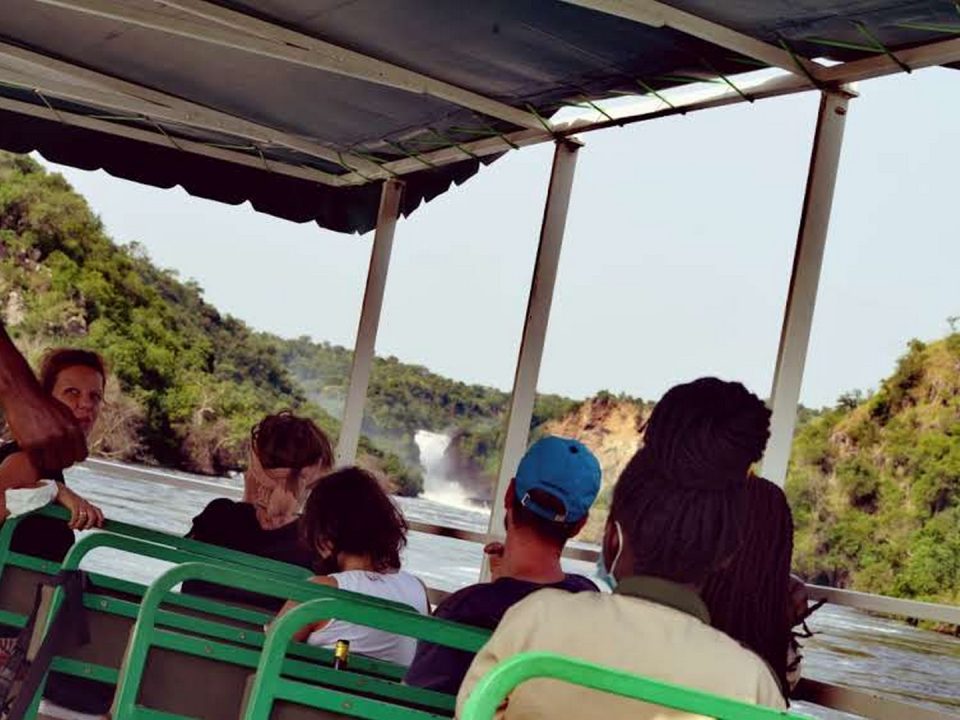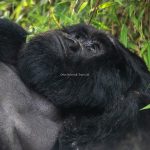
Why is Gorilla Trekking So Expensive?
February 20, 2025
What is the Cheapest Way to See Gorillas in Uganda?
February 20, 2025Is It Safe to Go Gorilla Trekking in Uganda?
Gorilla trekking in Uganda is undoubtedly one of the most thrilling wildlife experiences in the world. The opportunity to see endangered mountain gorillas in their natural habitat—deep in the heart of Bwindi Impenetrable National Park or Mgahinga Gorilla National Park—is both humbling and unforgettable. However, with such a unique experience comes the question: Is it safe to go gorilla trekking in Uganda?
Safety is a primary concern for anyone embarking on such an adventure. Fortunately, gorilla trekking in Uganda has been carefully regulated and designed to ensure that both trekkers and the gorillas remain safe throughout the experience. This detailed guide will outline the various safety aspects involved in gorilla trekking and why it is considered a safe activity, provided proper precautions are followed.
- Strict Regulations and Safety Measures
The safety of both trekkers and gorillas is paramount, and Uganda’s authorities have implemented a range of strict regulations to ensure a safe and responsible trekking experience. The Uganda Wildlife Authority (UWA) manages the national parks where gorilla trekking takes place, including Bwindi and Mgahinga, and has established comprehensive guidelines for both trekkers and guides.
Guidelines for Trekkers:
- Group Size Limitations: Only a limited number of visitors are allowed to trek with the gorillas each day—typically no more than eight trekkers per group. This ensures a more intimate and less disruptive experience for the gorillas and limits the impact on their natural behavior.
- Minimum Age Requirement: Only individuals aged 15 and above are allowed to participate in gorilla trekking. This age limit is designed to ensure that trekkers have the physical and mental capacity to handle the trek and follow the safety protocols.
- Distance Requirements: Trekkers must maintain a minimum distance of 7 meters (21 feet) from the gorillas at all times. This rule helps minimize the risk of transmitting diseases to the gorillas, which is crucial for their conservation.
Guidelines for Guides and Rangers:
- Trained Guides and Rangers: Trekking with professional guides and park rangers is mandatory. These experts are trained in gorilla behavior and how to manage interactions with them. They are also well-versed in emergency protocols, ensuring that any potential safety issues are addressed quickly.
- Tracking and Monitoring: Rangers continuously monitor the gorillas in their natural habitat, ensuring that they remain habituated and accustomed to human presence. This reduces the risk of aggressive behavior from the gorillas and ensures that they are comfortable during the interaction.
- Emergency Preparedness: Guides are equipped with first aid kits and are trained in handling medical emergencies. Additionally, emergency evacuation plans are in place in the unlikely event of an injury or health issue.
- Physical Safety During the Trek
Gorilla trekking takes place in the rugged, mountainous terrain of Uganda’s national parks, making the activity physically demanding. However, safety measures are in place to minimize physical risks.
Terrain and Navigation:
- Rugged Terrain: The trek typically involves walking through dense forests, steep hills, and muddy paths, which can be challenging for those who are not physically fit. However, the guides ensure that trekkers stay on safe paths, and group sizes are kept small so that trekkers can receive individualized attention if necessary.
- Porters: For those who need assistance, porters are available to help carry luggage or provide support during the trek. They are trained in helping trekkers navigate difficult terrain, ensuring that everyone can participate in the experience safely.
Weather Conditions:
- Preparation for Weather: The rainforests of Uganda are known for unpredictable weather, so trekkers should be prepared for rain, mud, and slippery conditions. Guides ensure that trekkers are aware of the weather forecast and advise on the appropriate gear. Sturdy footwear, waterproof clothing, and good physical conditioning are recommended for a safe trek.
- Health and Hygiene Precautions
Health safety is another critical aspect of gorilla trekking. Both trekkers and gorillas can be vulnerable to diseases, so ensuring that proper hygiene protocols are followed is essential for everyone’s safety.
Disease Transmission:
- Human-Gorilla Disease Transmission: Gorillas are genetically very similar to humans and can catch many of the same diseases. Respiratory diseases like the flu or colds, as well as other illnesses, can be fatal to gorillas. As a result, trekkers must adhere to strict hygiene guidelines.
- Mask-Wearing: Trekkers are required to wear masks while in the presence of the gorillas to reduce the risk of transmitting airborne illnesses. This precaution is mandatory and closely enforced.
Pre-Trek Health Assessment:
- Health Check: Before embarking on the trek, trekkers are usually asked about their health. If anyone is feeling ill or showing symptoms of contagious diseases (such as a cold or cough), they may be asked to postpone their trek to avoid endangering the gorillas.
- Vaccinations: While no specific vaccinations are required for gorilla trekking, it is always advisable to check with a healthcare professional before traveling to Uganda for general travel vaccinations. Common vaccines may include those for typhoid, hepatitis, and yellow fever.
- Safety in the Presence of Gorillas
The safety of trekkers when encountering gorillas is another important concern. While gorillas are generally peaceful, they are wild animals, and trekkers need to follow strict protocols to avoid any potential danger.
Gorilla Behavior and Protection:
- Habituated Gorillas: The gorillas in Uganda’s national parks are habituated, meaning they have been gradually acclimatized to human presence over time. This means that the gorillas are less likely to view humans as a threat, reducing the risk of aggression.
- Avoiding Aggression: Rangers and guides closely monitor the gorillas’ behavior and can intervene if necessary. If a gorilla displays any signs of aggression, such as charging or threatening behavior, the guides are trained to handle the situation calmly. They will guide trekkers to safety, and the group will be asked to maintain silence and move slowly.
Safety Protocols:
- Do Not Touch the Gorillas: Trekkers are not allowed to touch the gorillas, as this could provoke a response or lead to the transmission of diseases. Visitors are only allowed to observe them from a safe distance.
- Stay Calm: Trekkers are encouraged to remain calm and avoid sudden movements. Keeping a quiet, respectful demeanor helps ensure that the gorillas do not feel threatened.
- Emergency Response and Support
In the rare event of an emergency, Uganda’s national parks are well-equipped to handle situations swiftly. Emergency evacuation procedures are in place, and rangers are trained to respond effectively to medical issues, accidents, or other unforeseen incidents.
- Evacuation Plans: Each park has established evacuation routes for trekkers, should the need arise. Whether it’s for a health emergency or an accident, the park staff is well-prepared to ensure that help reaches trekkers as quickly as possible.
- Communication Systems: Rangers and guides are equipped with communication devices, ensuring that they can alert authorities or request medical assistance if necessary. Additionally, each trek group is accompanied by a guide who is trained in first aid.
Conclusion: A Safe Adventure in Uganda
Gorilla trekking in Uganda is a safe and highly regulated activity, with numerous safety protocols and guidelines in place to protect both trekkers and gorillas. From trained guides and rangers to strict health and safety measures, Uganda has invested significantly in ensuring that this once-in-a-lifetime experience is as safe as it is remarkable.
While the terrain and physical demands of the trek can be challenging, with proper preparation, safety gear, and following the guidance of professional staff, the experience is both secure and rewarding. At Deks Safaris & Tours Ltd., we prioritize the safety and well-being of all our guests, and we ensure that every aspect of the trip is organized to provide a secure and enjoyable gorilla trekking experience.
If you’re wondering whether it’s safe to gorilla trekking in Uganda, the answer is a resounding yes. As long as you follow the necessary precautions and guidelines, you can look forward to an unforgettable adventure that contributes to the conservation of mountain gorillas and supports local communities.

